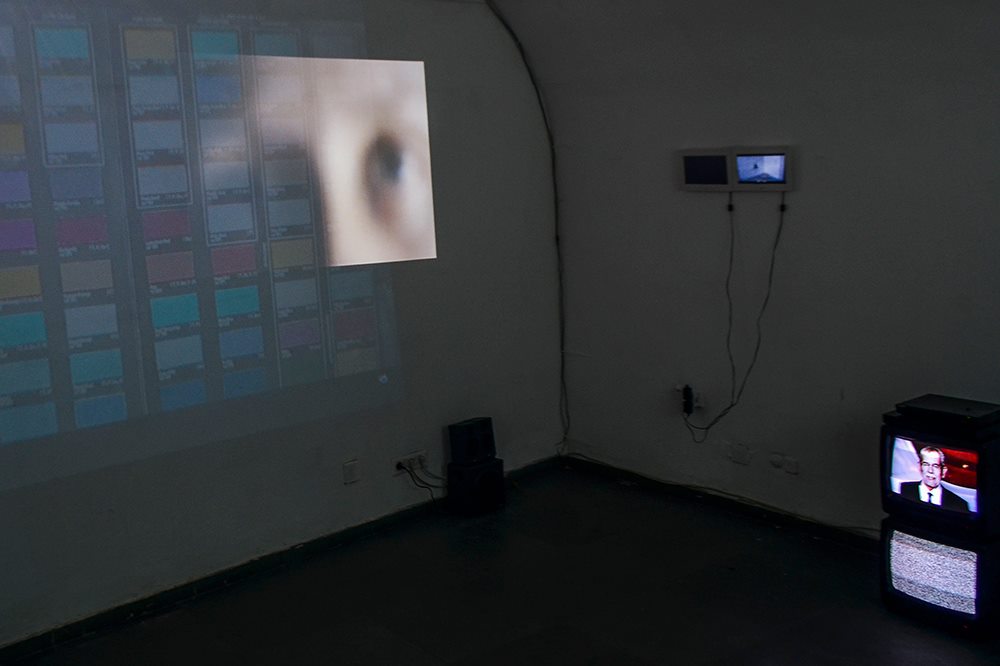Zarko Aleksic
Exhibition 17.11 - 26.11
States of Mind
Inspired by philosophy of mind, for the last two years I have been intensively dealing with neuroscience, as well as the relation between neuroscience and art.
Homunculus. States of Mind is a long-term project, which has as its starting references the video-diary method of Mekas and the technique of stream of consciousness of Joyce.
Consciousness is the totality of experiences and mental processes that occur in the brain of an individual (feelings, perceptions, memories, beliefs, representations, associations, needs.) By definition, perception affects the consciousness and consciousness affects formation of memories. Perception is never passively receiving impulses from the outside world, but is an active construction of the world, a projection onto the "reality" situating received stimuli into a coherent world, related to our current mood and order of thoughts in which we have received the stimuli.
We find, or rather, assign the meaning, purpose and function to that and such stimuli. Although memories are never objective, they are crucially important for constituting identity.
Fragmentary and sequential approach that I have chosen for construction of the autobiographical self (introduced by Antonio Damasio in Self Comes to Mind) serves not only to emphasize the possibilities of different interpretations of individual fragments, which in a different context may have a different meaning, but as well its structural similarities with memories.
Every time we remember a specific experience, what we in fact remember is the memory of that experience, and not the experience itself, simultaneously "writing" that condition coloured by momentary mood into the same physical location in the brain. This type of recursiveness of the once constructed memories leads us even more towards subjectivism.
Since I moved to Vienna, I have been carrying a camera all the time in the pocket. In a very specific way, in the form of video material, I was documenting the state of my own mind, sometimes inspired by the content that comes from the outside, sometimes boosted by the thought process that comes from within. The content of the video-records, in the length of 4- 30 seconds, varies from trivial comments on which I was "provoked" by something from the outer world, through poetic counterpoints, feelings, philosophical and political observations running through my mind, to the ideas for art works. An interesting aspect of the archive itself is that it is not fixed, but is increasing daily, containing at the moment over 3,000 audio-video sequences.
Making use of different algorithms for the presentation of archive material, in order to represent consciousness, is inspired by the current developments in the field of artificial intelligence and computational theory of mind, putting neural network/phenomenon and binary codes/constructed sounds and pictures in relation.
With the exhibition setting I am insisting on different modalities of representation, physicality of memories that are stored in the brain and/or in the near future, on the hard disk, as well as their interconnection and interdependence.
Sequential and fragmentary approach to documenting personal thoughts and states of mind allows me to deconstruct a personal diary and create new narratives, both for the viewer and myself, as since it is confessional and frank, the said is never objective.
This work invites the viewer to participate in the work, so that he/she could actively establish own narration on the given fragment in form of one's own collage of consciousness.
Because of the imprecision and ways of reading the archive, both the viewer and myself are enabled to reread the new and unexpected narratives.
Text by Zarko Aleksic





 RSS Feed
RSS Feed
